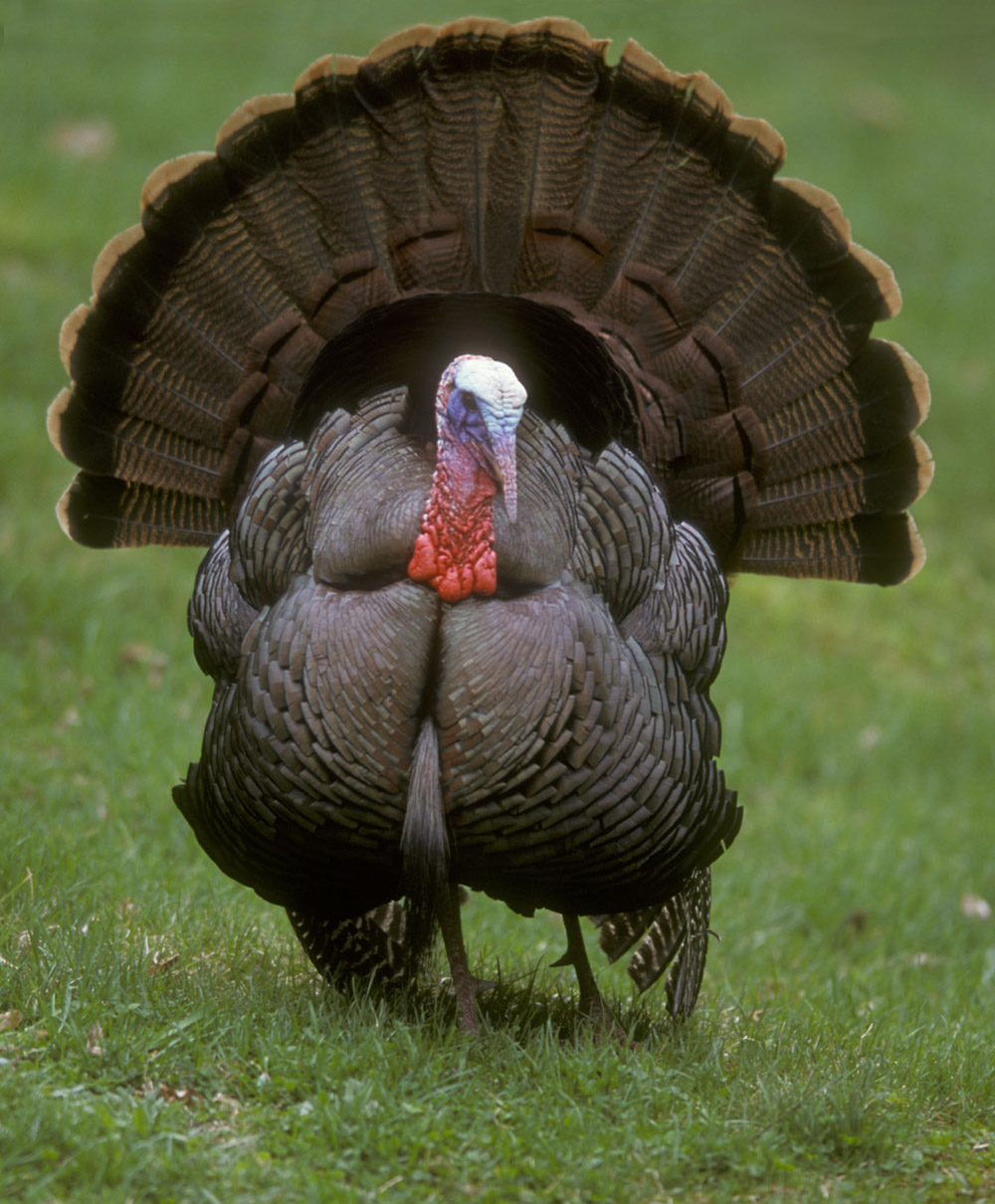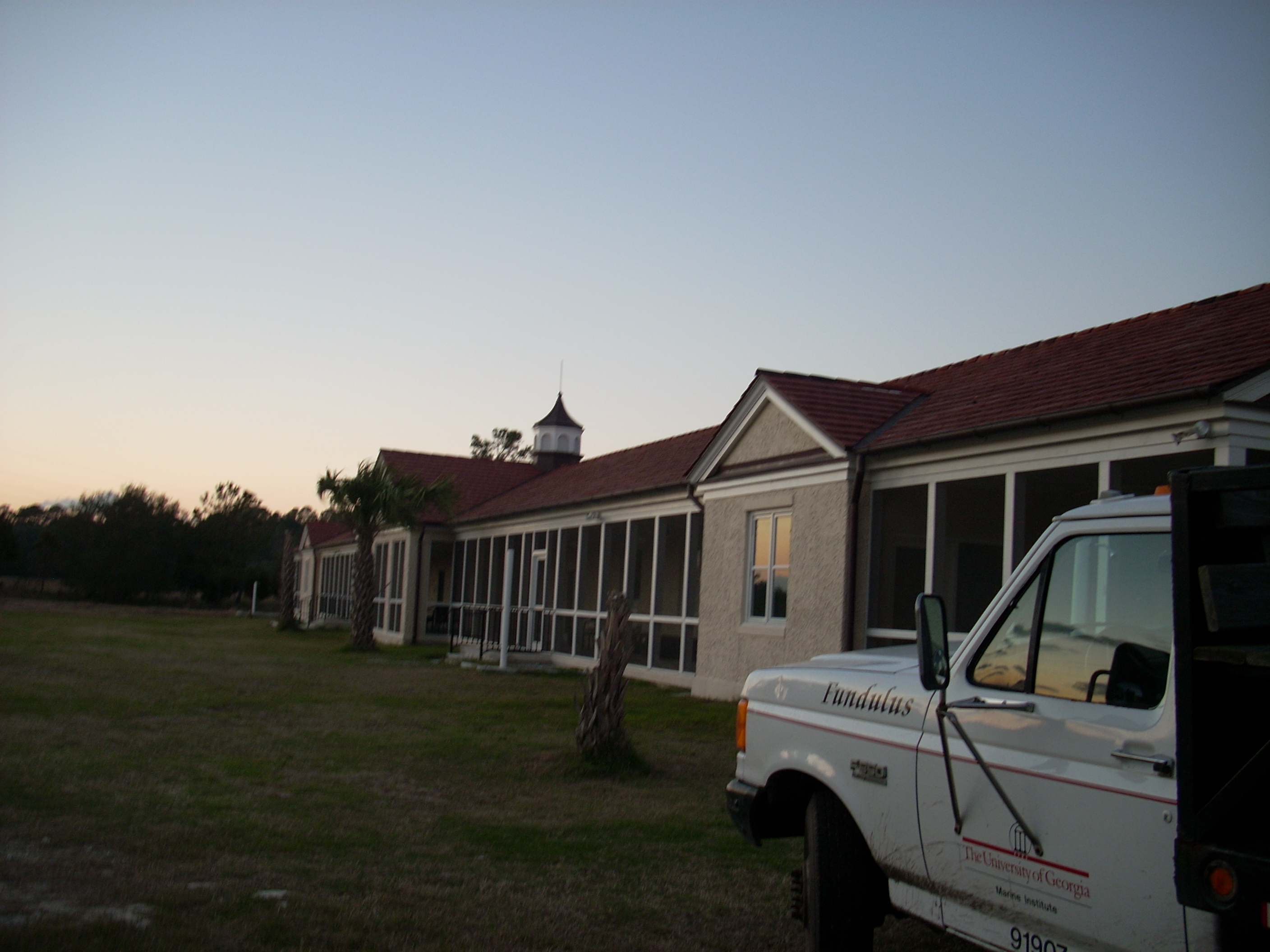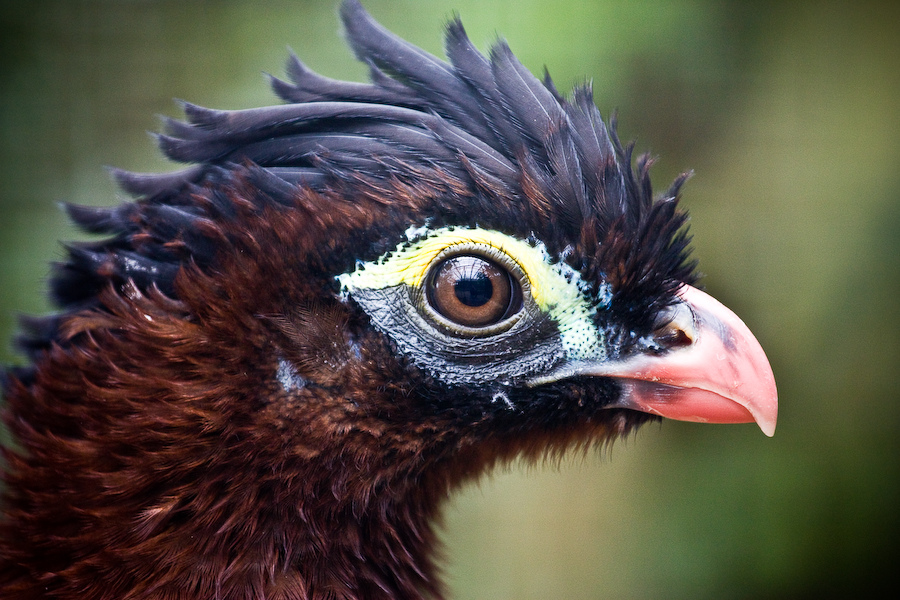|
Chachalaca
Chachalacas are galliform birds from the genus ''Ortalis''. These birds are found in wooded habitats in the far southern United States (Texas), Mexico, and Central and South America. They are social, can be very noisy and often remain fairly common even near humans, as their relatively small size makes them less desirable to hunters than their larger relatives. As agricultural pests, they have a ravenous appetite for tomatoes, melons, beans, and radishes and can ravage a small garden in short order. They travel in packs of six to twelve. They somewhat resemble the guans, and the two have commonly been placed in a subfamily together, though the chachalacas are probably closer to the curassows. Taxonomy The genus ''Ortalis'' was introduced (as ''Ortalida'') by the German naturalist Blasius Merrem in 1786 with the little chachalaca (''Ortalis motmot'') as the type species. The generic name is derived from the Ancient Greek word όρταλις, meaning "pullet" or " domestic ... [...More Info...] [...Related Items...] OR: [Wikipedia] [Google] [Baidu] |
Cracidae
The chachalacas, guans and curassows are birds in the family Cracidae. These are species of tropical and subtropical Central and South America. The range of one species, the plain chachalaca, just reaches southernmost parts of Texas in the United States. Two species, the Trinidad piping guan and the rufous-vented chachalaca occur on the islands of Trinidad and Tobago respectively. Systematics and evolution The family Cracidae was introduced (as Craxia) by the French polymath Constantine Samuel Rafinesque in 1815. The Cracidae are an ancient group related to the Australasian mound-builders. They are sometimes united with these in a distinct order, "Craciformes", but this is not supported by more recent research which suggests that either is a well-marked, basal lineage of Galliformes. Phylogeny Cladogram based on the study by De Chen and collaborators published in 2021. The numbers of species are from the list maintained by Frank Gill, Pamela Rasmussen and David Donsker on ... [...More Info...] [...Related Items...] OR: [Wikipedia] [Google] [Baidu] |
Little Chachalaca
The little chachalaca (''Ortalis motmot'') is a bird in the family Cracidae, the chachalacas, guans, and curassows. It is found in Brazil, French Guiana, Suriname, Guyana, Venezuela and possibly Colombia.Remsen, J. V., Jr., J. I. Areta, E. Bonaccorso, S. Claramunt, A. Jaramillo, D. F. Lane, J. F. Pacheco, M. B. Robbins, F. G. Stiles, and K. J. Zimmer. Version 24 August 2021. Species Lists of Birds for South American Countries and Territories. https://www.museum.lsu.edu/~Remsen/SACCCountryLists.htm retrieved August 24, 2021 Taxonomy and systematics In 1760 the French zoologist Mathurin Jacques Brisson included a description of the little chachalaca in his ''Ornithologie'' based on a specimen collected in French Guiana. He used the French name ''Le faisan de la Guiane'' and the Latin ''Phasianus guianensis''. The two stars (**) at the start of the section indicates that Brisson based his description on the examination of a specimen. Although Brisson coined Latin names, these do ... [...More Info...] [...Related Items...] OR: [Wikipedia] [Google] [Baidu] |
Grey-headed Chachalaca
The grey-headed chachalaca (''Ortalis cinereiceps'') is a member of an ancient group of birds of the family Cracidae, which includes chachalacas, guans, and curassows. It is found from Honduras to Colombia.Winkler, D. W., S. M. Billerman, and I.J. Lovette (2020). Guans, Chachalacas, and Curassows (Cracidae), version 1.0. In Birds of the World (S. M. Billerman, B. K. Keeney, P. G. Rodewald, and T. S. Schulenberg, Editors). Cornell Lab of Ornithology, Ithaca, NY, USA. https://doi.org/10.2173/bow.cracid2.01 retrieved September 28, 2021 Taxonomy and systematics The family Cracidae is closely related to the guineafowl (Numididae), the pheasants, grouse and allies ( Phasianidae), and the New World quail (Odontophoridae). The grey-headed chachalaca was at one time treated as conspecific with the chestnut-winged chachalaca (''Ortalis garrula'').Remsen, J. V., Jr., J. I. Areta, E. Bonaccorso, S. Claramunt, A. Jaramillo, D. F. Lane, J. F. Pacheco, M. B. Robbins, F. G. Stiles, and K. J ... [...More Info...] [...Related Items...] OR: [Wikipedia] [Google] [Baidu] |
Rufous-vented Chachalaca
The rufous-vented chachalaca (''Ortalis ruficauda'') is a member of an ancient group of birds of the family Cracidae, which are related to the Australasian mound builders. It inhabits northeast Colombia and northern Venezuela where it is called guacharaca, and the island of Tobago in Trinidad and Tobago where it is known as the cocrico and is one of the country's two national birds (being featured on the country's coat of arms). It is also found on Bequia and Union Island in the Grenadines where it may have been introduced. Habitat The rufous-vented chachalaca is a largely arboreal species found in forest and woodland, but it is also found in more open dry scrubby areas. This combined with relatively low hunting pressure, make it far less vulnerable than larger members of the family, notably curassows. Description These are medium-sized birds, similar in general appearance to turkeys, with small heads, long strong legs and a long broad tail. They are typically 53–58 cm l ... [...More Info...] [...Related Items...] OR: [Wikipedia] [Google] [Baidu] |
Galliformes
Galliformes is an order of heavy-bodied ground-feeding birds that includes turkeys, chickens, quail, and other landfowl. Gallinaceous birds, as they are called, are important in their ecosystems as seed dispersers and predators, and are often reared by humans for their meat and eggs, or hunted as game birds. The order contains about 290 species, inhabiting every continent except Antarctica, and divided into five families: Phasianidae (including chicken, quail, partridges, pheasants, turkeys, peafowl (peacocks) and grouse), Odontophoridae (New World quail), Numididae (guinea fowl), Cracidae (including chachalacas and curassows), and Megapodiidae (incubator birds like malleefowl and brush-turkeys). They adapt to most environments except for innermost deserts and perpetual ice. Many gallinaceous species are skilled runners and escape predators by running rather than flying. Males of most species are more colorful than the females, with often elaborate courtship be ... [...More Info...] [...Related Items...] OR: [Wikipedia] [Google] [Baidu] |
Sapelo Island
Sapelo Island is a state-protected barrier island located in McIntosh County, Georgia. The island is accessible only by aircraft or boat; the primary ferry comes from the Sapelo Island Visitors Center in McIntosh County, Georgia, a seven-mile (11 km), twenty-minute trip. It is the site of Hog Hammock, the last known Gullah community. It is illegal to visit the island without a permit issued by state tourism authorities. Approximately 97 percent of the island is owned by the state of Georgia and is managed by the Georgia Department of Natural Resources; the remainder is under private ownership. The western perimeter of Sapelo is the Sapelo Island National Estuarine Research Reserve (SINERR) which is part of NOAA's National Estuarine Research Reserve system (NERR). The University of Georgia Marine Institute, which is focused on research and education, is located on on the south end of the island. The Reynolds Mansion, a Georgia State Park, also lies on the south end ... [...More Info...] [...Related Items...] OR: [Wikipedia] [Google] [Baidu] |
Curassow
Curassows are one of the three major groups of cracid birds. They comprise the largest-bodied species of the cracid family. Three of the four genera are restricted to tropical South America; a single species of ''Crax'' ranges north to Mexico. They form a distinct clade which is usually classified as the subfamily Cracinae. Evolution In line with the other 3 main lineages of cracids (chachalacas, true guans, and the horned guan), mt and nDNA sequence data indicates that the curassows diverged from their closest living relatives (probably the guans) at some time during the Oligocene, or c.35–20 mya (Pereira ''et al.'' 2002). This data must be considered preliminary until corroborated by material (e.g. fossil) evidence however. What appears certain from analysis of the molecular data, calibrated against geological events that would have induced speciation is that there are 2 major lineages of curassows: one containing only ''Crax'', and another made up of ''Mitu'' and ' ... [...More Info...] [...Related Items...] OR: [Wikipedia] [Google] [Baidu] |
.jpg)
_(6436435841)_(cropped).jpg)



